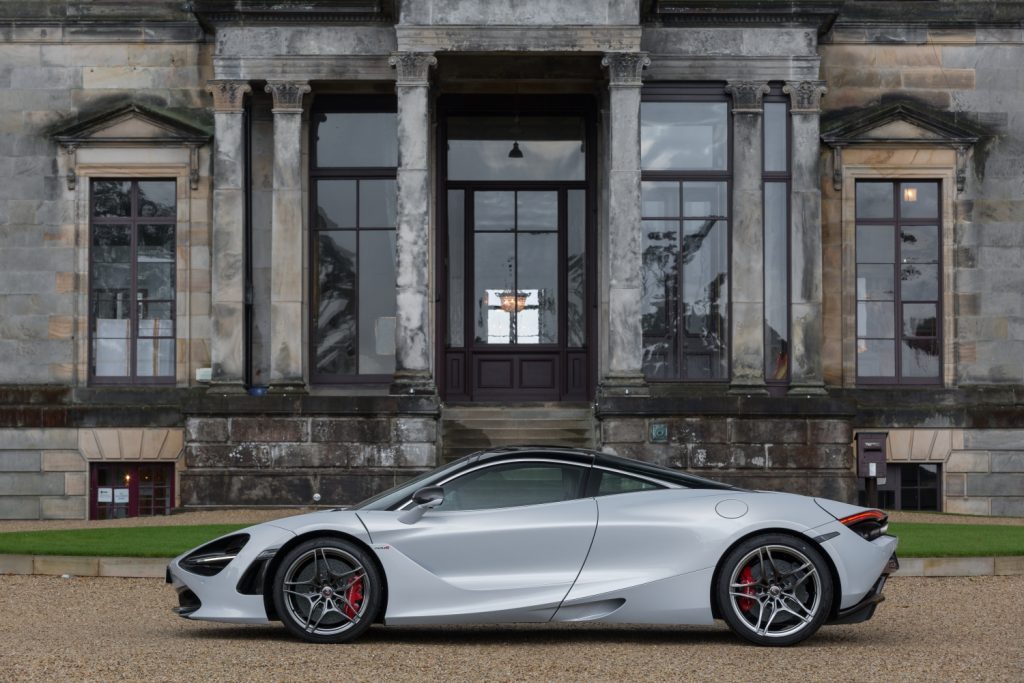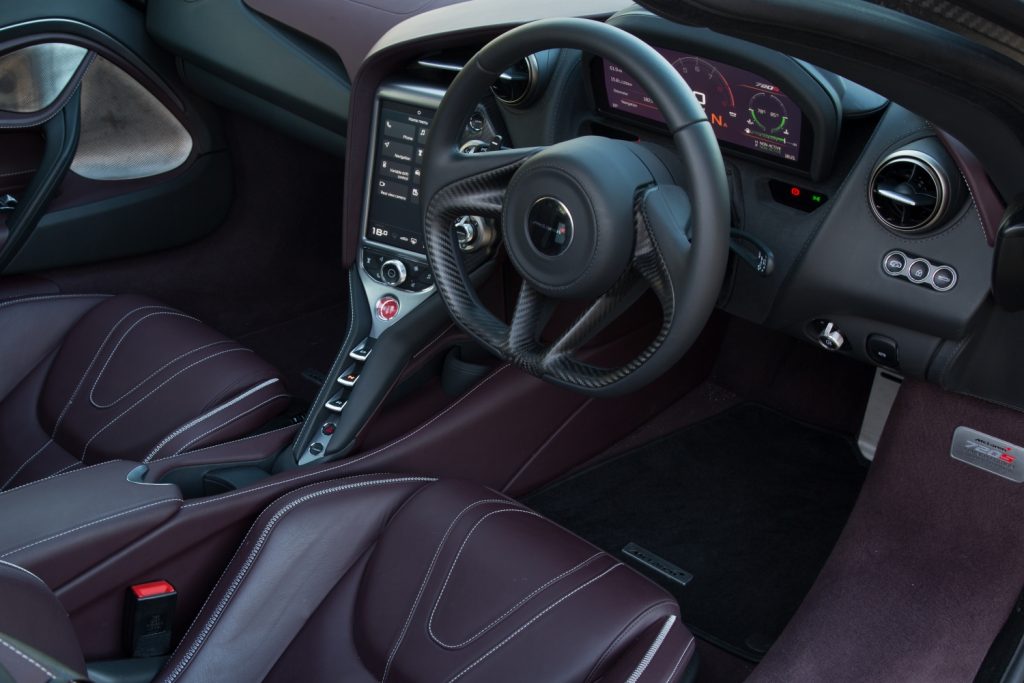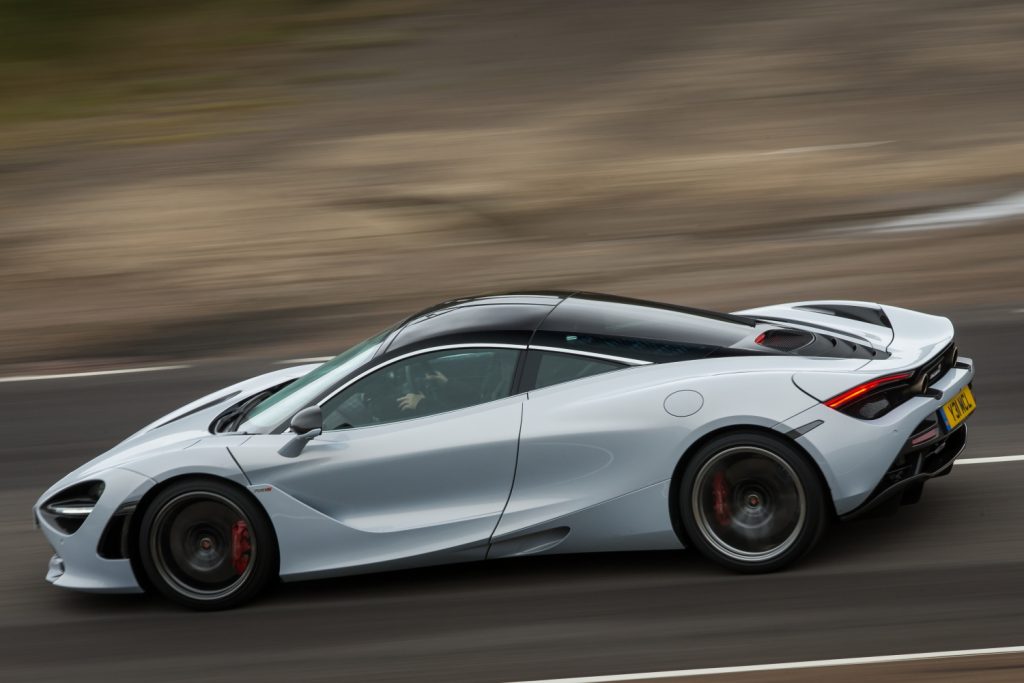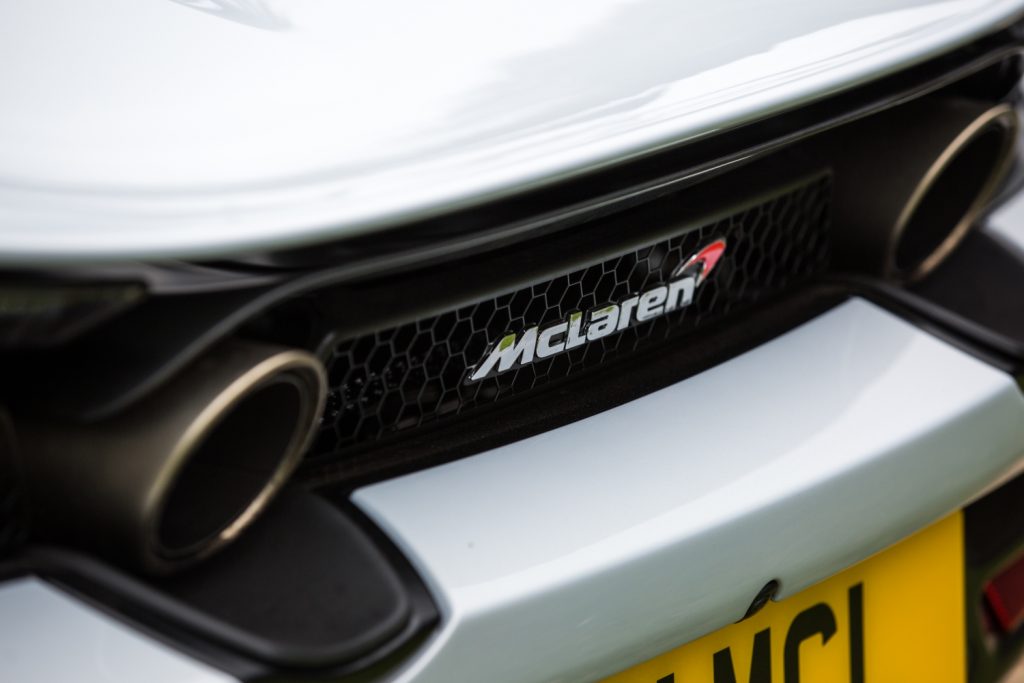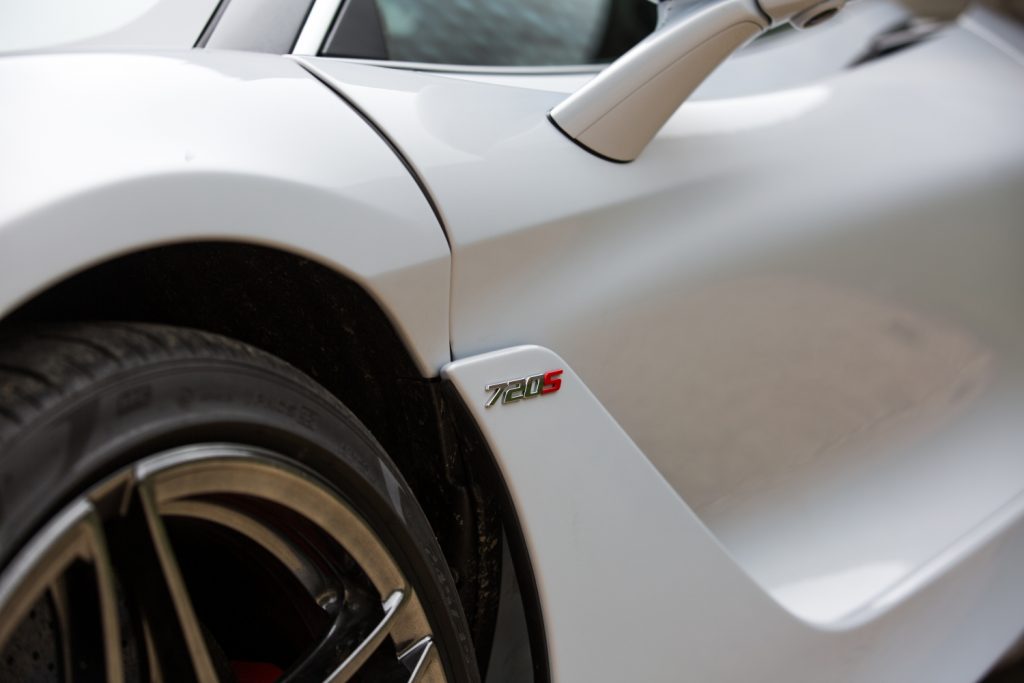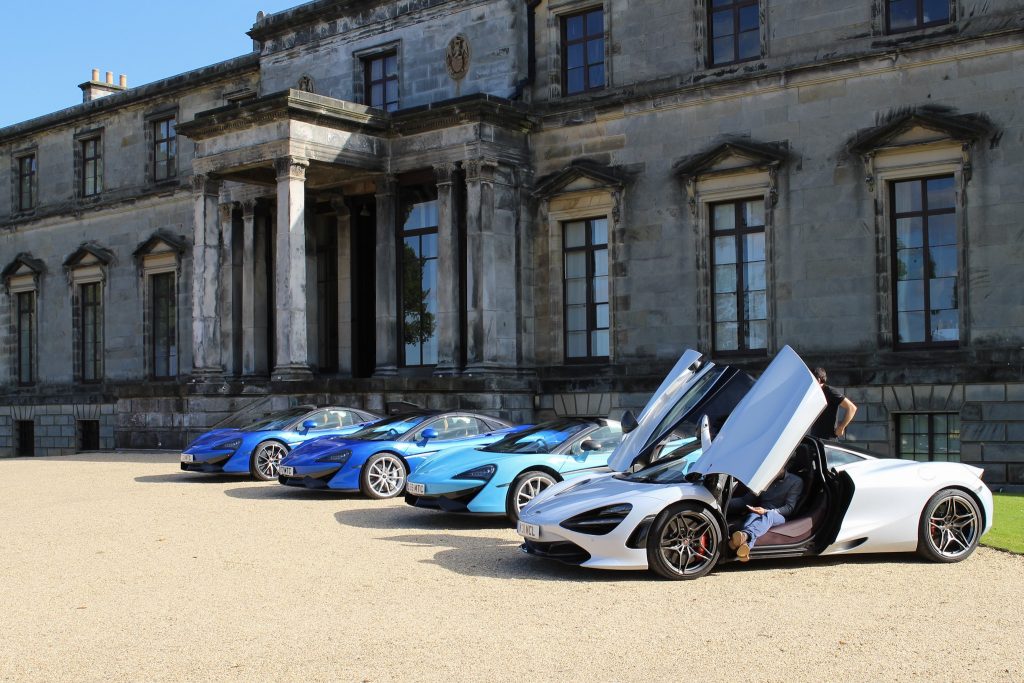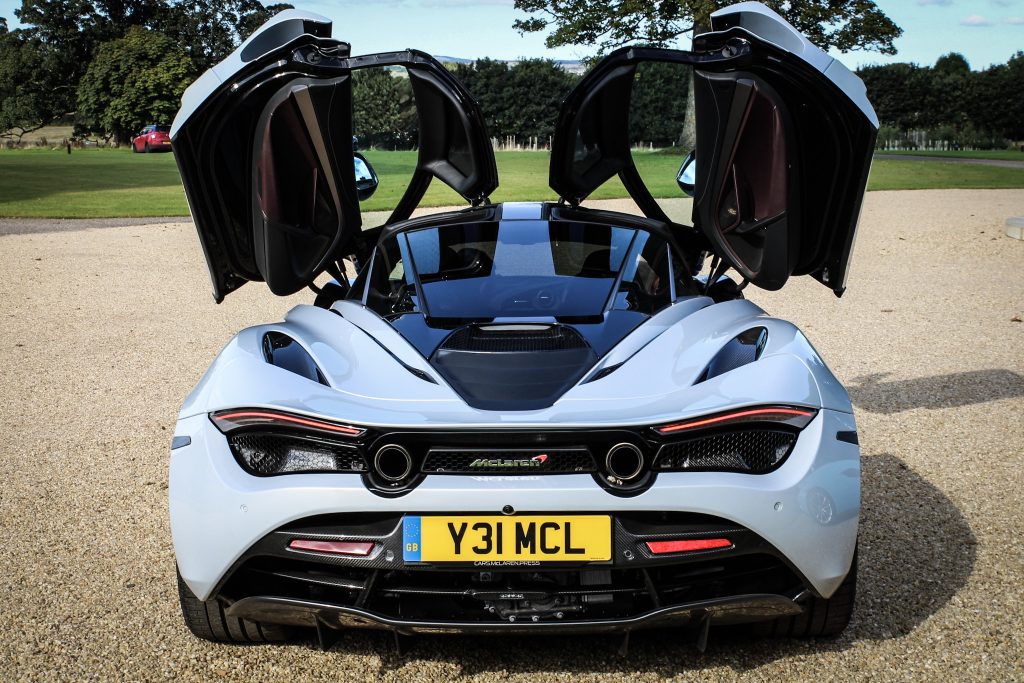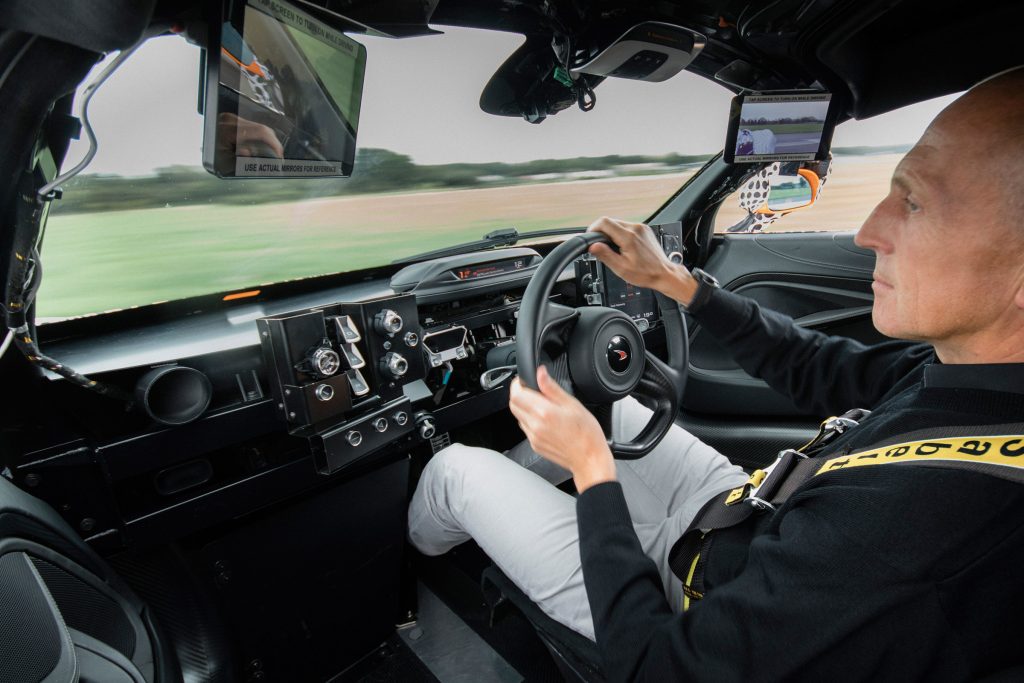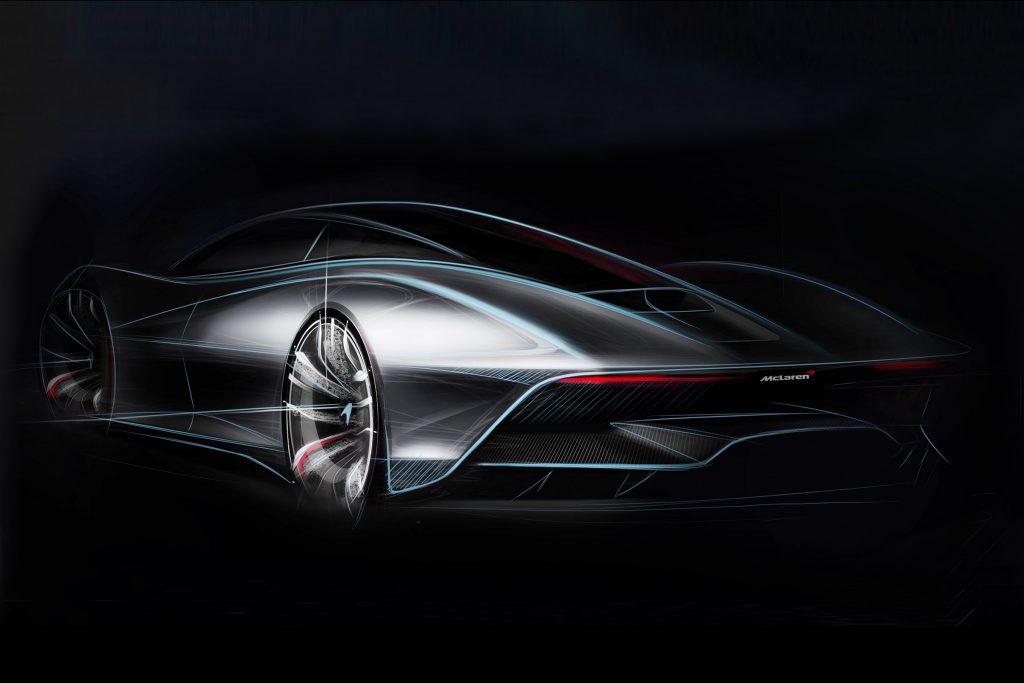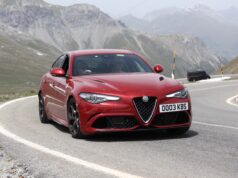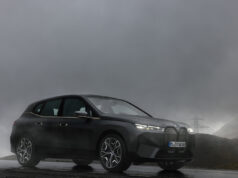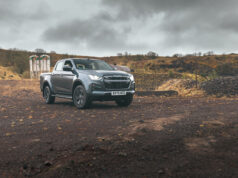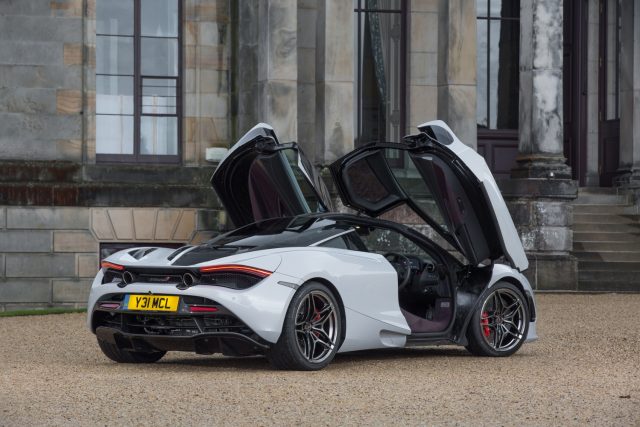
Imagine if you had a passenger with you in the 570S Spider, and when you parked up you said ‘Right, now let’s try the fast one’, they’d probably look at you in disbelief and think you were mad. A perfectly reasonable reaction. It seems frankly ridiculous to say such a thing but the incredible performance of the 720S dwarfs that of the 570 – itself a very quick car.
I wasn’t sure how much faster the 720S would (or could) feel. Sure it has an extra 150bhp – not an inconsiderate amount – but would the law of diminishing returns apply? Could the difference between the two be that noticeable? The simple answer is yes, and without beating around the bush, the performance of the new Super Series McLaren is just staggering.
The headline figure for me is 0-124mph (200kph) in 7.8 seconds! That’s faster than McLaren’s own F1 (8.8), and you won’t be far off the tailpipes of the hypercar ‘holy trinity’ – the P1 (6.8), La Ferrari (6.9) and 918 (7.0). Top drawer stuff.
( Note: figures sourced off the web with no intention of re-igniting the ‘which is fastest’ debate of the trio 🙂 )
The 720S is McLaren’s new Super Series car, replacing the 650S. Whilst the latter was clearly a visual evolution of the original MP4-12C, the 720S manages to look distinctly different, while still recognisably being a McLaren. The most controversial aesthetic element is no doubt the ‘eye-socket’ headlights, which despite looking better in the flesh than photographs, is still a challenging aspect to the cars overall design. But in true McLaren style, it’s a case of function over form, with the light apertures providing aerodynamic benefit. Personally, I think it’s a grower and the more I see it, the more I like it.
The rear wheel drive, mid-engined V8, carbon fibre chassis configuration follows McLaren’s usual format but with a number of significant developments. Firstly the V8 has grown from 3.8 to 4.0 litres and now develops a huge 720 PS and 770 Nm of torque. The MonoCage II carbon tub is a derivative of that used on the P1, and unlike the MonoCell used on other McLaren models, it incorporates the roof structure, providing further strength and rigidity. Also debuting is the latest incarnation of McLaren’s adaptive suspension (which replaces traditional anti-roll bars with hydraulics) – Proactive Chassis Control II.
Despite its epic performance and price tag (£266K as tested), it’s not an especially intimidating car to drive. Thanks to the slim pillars which are now incorporated into the carbon tub, both forward and rear three-quarter visibility are excellent, especially for a mid-engine supercar. The revised door design, which now cuts into the roof, makes entry & exit easier than previous McLarens and the optional Gorilla Glass panels give the cabin an airy spacious feel.
The interior is also a step change with a modern design, higher quality materials and more tactile switchgear. As with all McLarens, the Active Dynamics Panel gives the flexibility to easily configure the handling and powertrain settings individually (Comfort, Sport, Track), without needing a degree in computer science to fathom a multitude of modes.
User-friendly as it might be for a supercar (it’s all relative), it does take a couple of exploratory prods at the pedal before you pluck up the courage to use full throttle. Then when you do, it’s a case of what will run out first – your nerve, your sense of preservation or the road! The acceleration is brutal.
There is noticeable lag below 2,500 rpm, reminding you that the engine is heavily turbocharged, but get past that point and the force at which you’re thrown toward the horizon is relentless. This continues all the way to the 8,500 rpm limiter when you grab an instantaneous shift on the 7-speed dual clutch gearbox, and repeat! A manual gearbox simply couldn’t keep up. Of course, there’s no need to get anywhere near the red line, such is the immense mid-range surge. Even without stretching the 720’s legs, you can find yourself easily at speeds that would be heavily frowned upon. However, despite all this performance the 720S is surprisingly usable, aided by that light, airy cabin, great visibility and controls that fall easily to hand.
The ride quality is exemplary, even over the broken surfaces of our A and B roads, and the big Mac always remains superbly controlled and composed. Being forced induction, the engine isn’t the most vocal but there’s noticeably more turbo whooshes and wastegate chatter than in the 570 – all which adds to the sense of occasion.
As expected it is the power which dominates your initial experience of the 720S, however, its breadth of ability and usability of performance are almost equally impressive.
Getting back into John’s XF RS for the drive home (no slouch at 550 bhp) was also enlightening as it genuinely felt slow! My perception of speed had indeed been redefined and unless your daily driver is a hypercar, I suspect the McLaren 720S will force you to update your definition too.
The 720 will form the basis of McLaren’s future line up, which includes plans for 15 new models over the coming years. These will include a 720S Spider, but given how the MonoCage II is integrated into the roof structure, there will no doubt be a few engineering challenges involved with that one.
Also in the pipeline, and coinciding with the P1’s fifth birthday, is their new hypercar, codenamed BP23. Like the P1, this new Ulitmate Series model will feature a hybrid powertrain, but the BP23 will also incorporate the three seat configuration made famous by the F1. Production numbers will also echo the F1, being limited to just 106. Expect power to exceed 1000 bhp and high levels of bespoke customisation, but don’t worry about deliberating over your perfect specification – despite the estimated £1.6 million price tag, it’s already sold out.
A 720S/BP23 test mule featuring that central driving position and rendering of the BP23:
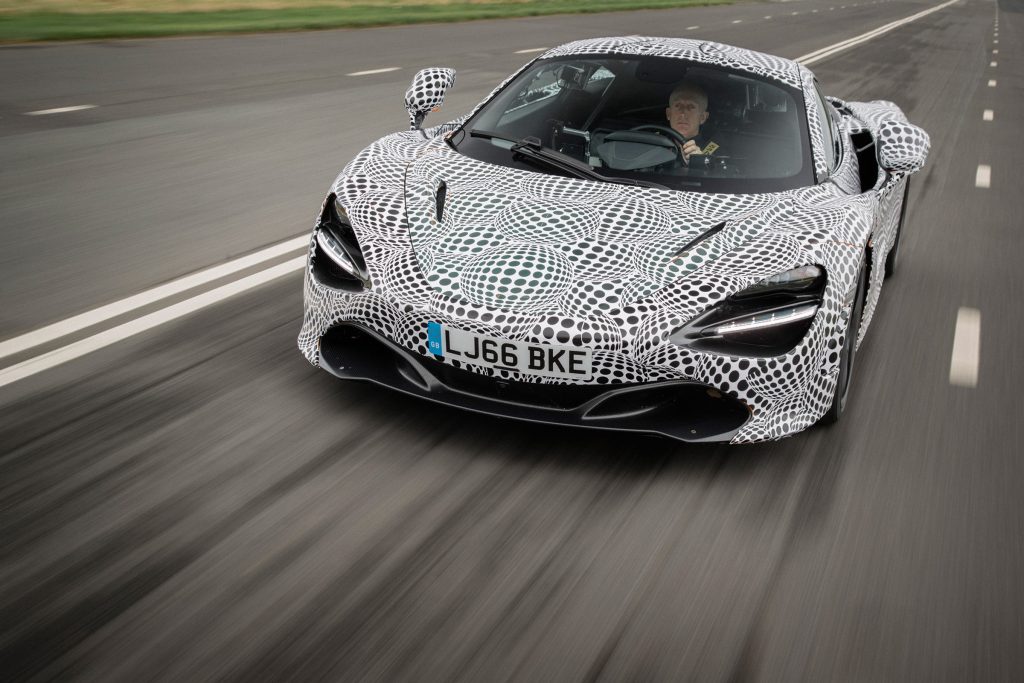
McLaren 720S Luxury
PRICE: £218,020 (as tested £265,920)
ENGINE: 4.0 litre twin turbo V8, 7 speed dual clutch
POWER: 720 PS @ 7,500 rpm
TORQUE: 770 Nm @ 5,500 rpm
PERFORMANCE: Top speed 212 mph; 0-62 mph 2.9 secs; 0-124mph 7.8 secs
CONSUMPTION: 26.4 mpg (combined)
CO2: 249 g/km


